
Dyeing hair in virtually any color in existence is super popular right now. Though hair dye allows people to express themselves freely, it is nearly impossible to determine whether someone’s hair color is natural.
Table of Contents
- 1 Key Takeaways
- 2 6 Rare Hair Colors: The Rarest Natural Hair Colors in the World
- 3 1. Red Hair
- 4 2. Blonde Hair
- 5 3. Strawberry Blonde Hair
- 6 4. Gray Hair
- 7 5. Brown Hair
- 8 6. The Most Common Hair Color - Darkest Brown/Black
- 9 Go Rare: Switch Up Your Hair Color
- 10 3 Ways to Achieve Your New Hair Color
- 11 Frequently Asked Questions
- 11.1 What's the Rarest Hair Color?
- 11.2 What Are the Two Rarest Hair Colors?
- 11.3 What Are the Top 5 Rarest Hair Colors?
- 11.4 What Hair Color Is Most Common?
- 11.5 Is Strawberry Blonde the Rarest Hair Color?
- 11.6 How Rare Is Chestnut Hair?
- 11.7 How Rare Is Blonde Hair?
- 11.8 How Rare Is Brown Hair?
- 11.9 How Rare Is Black Hair?
- 11.10 What Is the Rarest Hair Color and Eye Combination?
- 11.11 What Is the Rarest Hair Color With Green Eyes?
- 11.12 What Is the Rarest Hair Color With Blue Eyes?
- 11.13 Related Articles
Key Takeaways
- Red Hair Rarity. Natural red hair is the rarest hair color worldwide. It’s found in only 1-2% of the global population, particularly in the British Isles. It’s a recessive trait linked to the MC1R gene, with a higher presence among those with pale skin. Red hair could be associated with low pain tolerance and higher skin cancer risk.
- Blonde Demographics. Blonde hair or blond hair often appears prominently on social media. However, only 3% of people globally have this rare hair color. There is a higher concentration of blondes in Northern Europe. This natural color is due to lower melanin levels. Those with blonde hair may have a predisposition to certain eye diseases and skin cancer. This predisposition is more common among populations with lighter skin tones. It also affects those with blue eyes or green eyes.
- Strawberry Blonde Scarcity. Strawberry blonde, a blend of red and blonde hair, is a unique and rare hair color. It’s seen in 0.5% to 5% of the world’s population. Strawberry blonde stems from variations in the MC1R gene. It’s more commonly found in individuals from Western Europe.
- Prevalence of Dark Hair. Dark brown hair, often called natural black hair color, is the most common. It makes up 75% to 85% of the world’s population. Dark brown hair dominates regions like Africa, Eastern Europe, and Asia. The 75% to 85% includes shades of brown to black, determined by the amount of eumelanin.
- Aging and Graying. Gray or white hair is commonly associated with aging due to the loss of pigment in hair follicles. It accounts for about 4% of natural colors, including those with premature graying. Gray and white hair transcends ethnic and regional boundaries. There is no specific link to skin color or eye color.
6 Rare Hair Colors: The Rarest Natural Hair Colors in the World
If you’ve ever wondered how common or rare a given hair color is, this article will be helpful. We’re going to introduce you to the absolute rarest natural hair colors in the world. Who knows, you may just find your hair color on the list! Let’s get into it!
1. Red Hair

What is the rarest hair color in the world? Red is the rarest natural hair color in the world. Currently, only 1 to 2% of the entire population has naturally red hair.
The gene for red hair color is recessive, meaning a child will only be a redhead if he or she inherits two copies of the red hair gene (MC1R).
That means that both parents must be carriers. When the MC1R gene (expressing red hair) activates, it produces high levels of pheomelanin, which is responsible for imparting red pigment to the hair.
Redheads are located mostly in Western and Northern Europe, including Ireland and Scotland. Asian and African people can also inherit this trait, though Caucasian people are more likely to be redheads.
Being a redhead isn't all cupcakes and rainbows, though - the excess pheomelanin results in a low pain tolerance. It also exposes people with red hair to higher chances of skin cancer and Parkinson’s disease.
2. Blonde Hair

Social media may have led you to believe that there are tons of natural blondes. But this isn't the case because blonde hair is the 2nd rarest natural hair color. Only 3% of the total global population is blonde.
A child is born with blonde hair if there is a shortage of melanin (the pigment that's responsible for providing color to our body and hair) in their hair follicles.
Natural blonde hair is relatively common in northern Europe. However, individuals with natural blonde hair can also be found in Asia and Africa.
Blondes are more prone to eye diseases than people with other hair colors. In addition, blondes are also at a higher risk of developing skin cancer due to their natural sensitivity to the sun.
3. Strawberry Blonde Hair
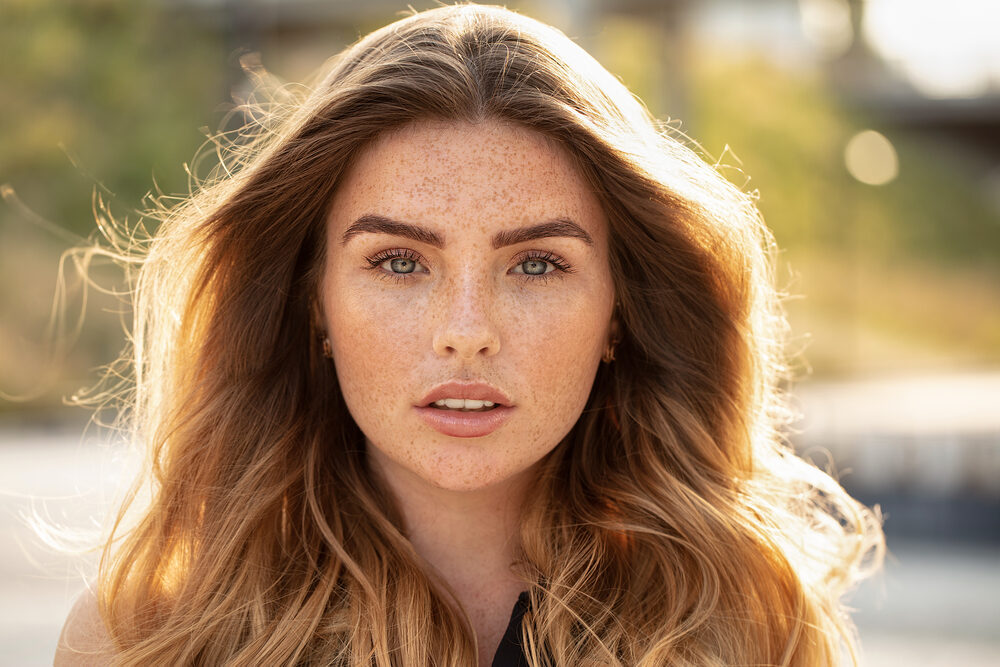
Having natural strawberry blonde hair is very uncommon, considering the fact that somewhere between 0.5% and 5% of the world’s total population has such a hair color.
This color is a mixture of red hair with a few strands of blonde hair here and there. This color mixture results in a beautiful coppery color that’s exceedingly rare.
Strawberry blonde hair is caused by a variation of the recessive gene MC1R. Therefore, both parents must carry this gene for the offspring to inherit a strawberry blonde natural hair color.
People from the north and west of Europe are more likely to have strawberry blonde hair than people native to other areas.
4. Gray Hair
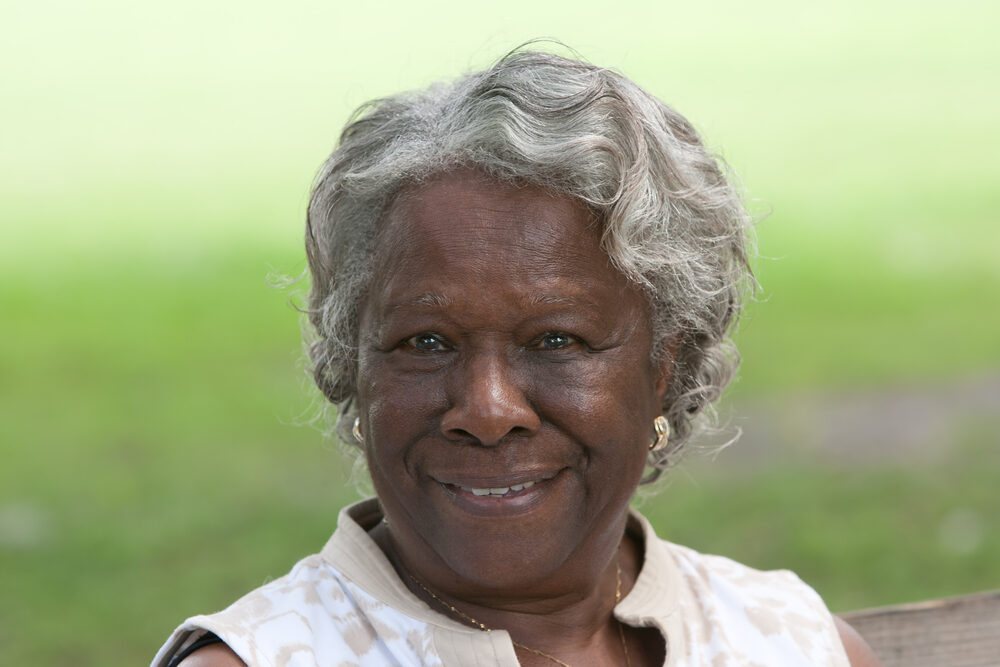
The next hair color on the list is gray. Only about 4% of people have naturally gray hair. Mainly, older people make up this percentage, as well as a few young people who have grown gray hair prematurely.
Older people usually have hair that ranges from silver to gray. It is a natural phenomenon that comes with aging, and every person goes through it. As greying hair is a natural process, it isn't limited to a particular ethnicity or culture.
When we grow older, the pigment in our hair follicles starts to fade, and when new hair grows, it’s non-pigmented.
5. Brown Hair
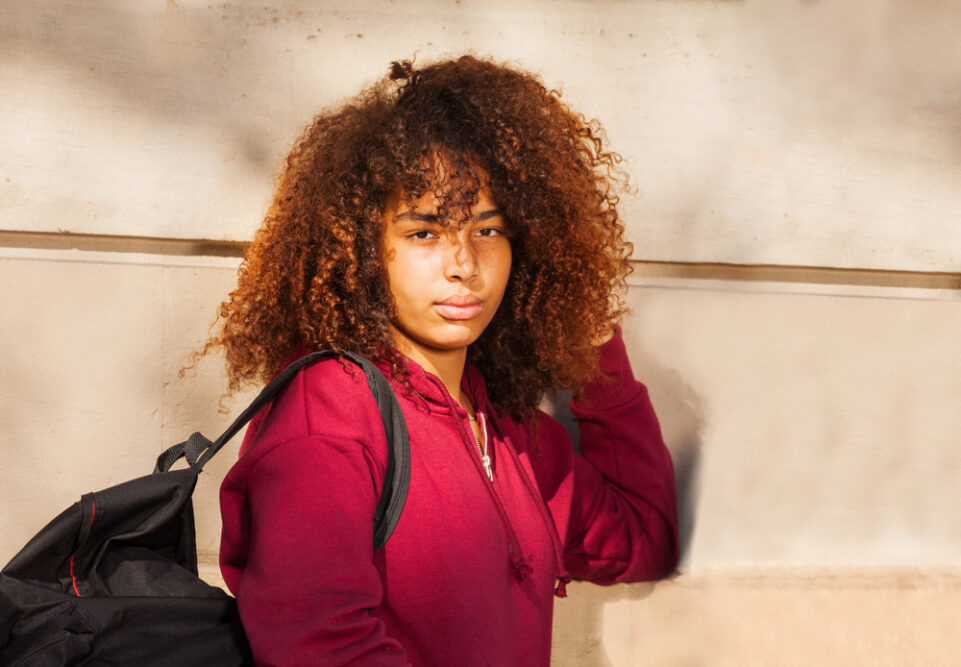
Our fifth rarest hair pick is brown. About 20% of the global population is born with brown hair. Isn't it surprising that so few people have brown hair?
People of virtually every background sport varying shades of brown hair, ranging from light brown to brunette.
If there is a surplus of eumelanin in your cells, you are more likely to have brown hair. If you have a lower amount of eumelanin than the next person with brown hair, you’ll end up with a lighter shade of brown, like honey brown.
Many Americans and Europeans have brown hair, more commonly light brown. However, dark shades of brown are more common in Africa and Asia.
6. The Most Common Hair Color - Darkest Brown/Black
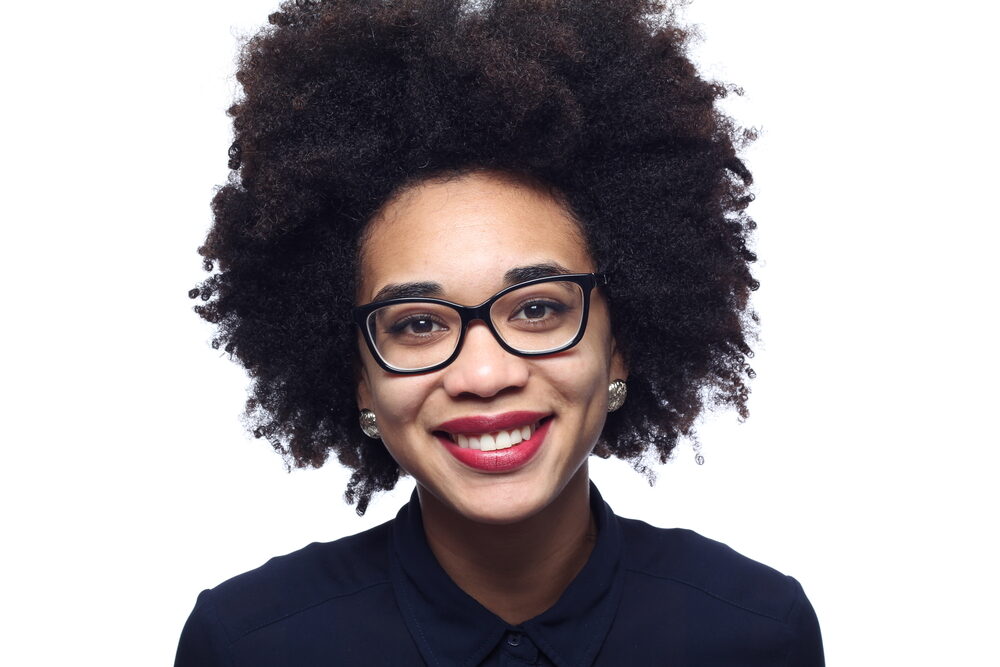
The darkest brown hair color is often called "natural black hair" and it's the most widespread natural hair color in the world. A whopping 75% to 85% of the world was born with this hair color.
Like brown hair, "black" and brown hair color fluctuates due to the presence of eumelanin in hair. Black hair is a dominant gene, so even if a black-haired individual has a baby with a light-haired partner, the child is likely to have dark hair.
Natural black/deepest brown hair dominates in most parts of Africa, South America, and Asia. In addition, black hair is also found everywhere in Latin America and Eastern and Southern Europe.
Go Rare: Switch Up Your Hair Color

After finding out that red, blonde, and strawberry blonde are the rarest hair colors, you may be itching to go rare. If that's the case, it’s an option you should explore.
Before reaching for hair color-altering products, you’ll need to find out which hair color will suit you best. If you choose the wrong color, it will negatively affect your persona and overall look.
Choosing the Right Hair Color for You
Here are a few tips on how to choose the right hair color for yourself:
- Decide whether you want a light or dark hair color.
- Take a close look in the mirror to see if you have cool, warm, or neutral skin undertones, and then decide accordingly:
- If you have warm undertones, you should go for warm hair colors because they complement each other well. If you want a bold fashion hair color, choose a shade like ginger, red, or rose gold.
- If you have neutral undertones, go for cool hair colors like platinum or beige blonde.
- For cool undertones, colors like green, blue, and purple are best.
If you want to be totally free and choose a color that’s been calling your name, you can go that route as well. But we do recommend choosing a color that complements your skin undertones.
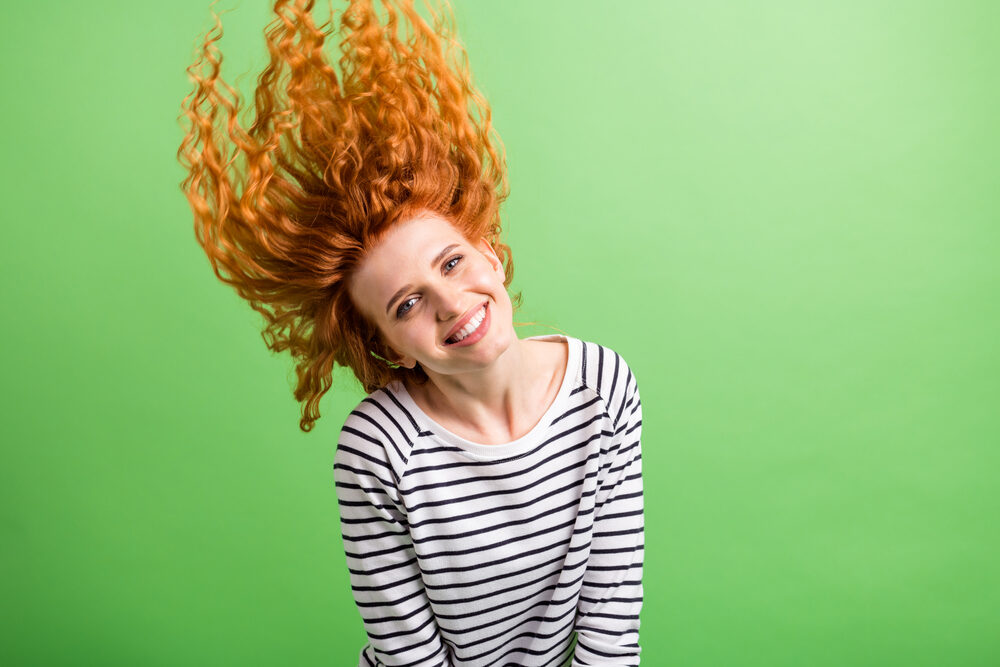
3 Ways to Achieve Your New Hair Color
After deciding what hair color would suit you the best, it's time to get to work on your hair color transformation! Here are three ways to do so:
1. Bleach
Use bleach to dye your hair to a lighter base color, and then apply a semi or demi-permanent color over it. Just be sure you know what you’re doing before you reach for the bleach because it only takes one bleach session to do permanent damage to your hair.
Also, be aware that once you bleach your hair, your natural hair color will be gone until your roots grow out.

2. Permanent Color
Permanent hair dyes are formulated to be mixed with developer to give you a permanent color change in minutes. Though it’s not as harsh as bleach, it won’t lift your hair very much.
Choose this method if you’re sure about the color you want and wish to keep your new color for an extended amount of time.

3. Semi-permanent Color
Semi-permanent hair dye is perfect for people who want to change their hair color often, desire a subtle change, or have naturally light hair. It washes out quickly over the course of weeks. What’s great is that a semi-permanent color won’t cause any damage to your hair.

Frequently Asked Questions
Welcome to our FAQ section. Here, we'll answer your most common questions about the world's rarest hair colors.
What's the Rarest Hair Color?
The rarest hair color is natural red, found in only 1-2% of the world's population. This rare hair color is due to a recessive gene and is most common in the British Isles.
What Are the Two Rarest Hair Colors?
The two rarest hair colors are natural red hair and blonde hair. Natural red hair, a recessive trait, is the rarest hair color. It's found in about 1-2% of the global population, particularly in regions like the British Isles. Blonde hair, characterized by lower melanin levels, is the second rarest. It makes up about 3% of the world's population, with a higher prevalence in Northern Europe.
What Are the Top 5 Rarest Hair Colors?
The top 5 rarest hair colors are red, blonde, strawberry blonde, gray, and brown. Red hair, at 1-2%, and blonde hair, at 3%, lead as the rarest. Strawberry blonde, a mix of red and blonde, is also rare. Gray hair, often associated with aging, is rare in young people. Surprisingly, brown hair is also among the rarer colors globally.
What Hair Color Is Most Common?
The most common hair color is dark brown or natural black, covering about 75% to 85% of the world's population. This includes different shades from dark brown to what is often called soft black. It's predominantly seen in Africa, Asia, and Eastern Europe.
Is Strawberry Blonde the Rarest Hair Color?
Strawberry blonde is not the rarest hair color, but it's relatively rare. It's a unique mix of red and blonde hair. It's observed in about 0.5% to 5% of the global population, particularly in Western Europe.
How Rare Is Chestnut Hair?
Chestnut hair, a shade of brown, is less rare than red or blonde hair. However, it's still relatively uncommon globally. Specific statistics on chestnut hair are not often highlighted. However, it falls under the broader category of brown hair. Brown hair is found in about 20% of the world's population.
How Rare Is Blonde Hair?
Blonde hair is rare, comprising only about 3% of the world's population. This hair color is more commonly found in Northern Europe. It's due to a lower concentration of melanin in hair follicles.
How Rare Is Brown Hair?
Brown hair, surprisingly, is among the rarer hair colors. Only about 20% of the global population has natural brown hair. This category includes different shades of brown, ranging from lighter hues like milk chocolate brown to darker tones.
How Rare Is Black Hair?
Black hair is the most common hair color in the world. It is found in 75% to 85% of the global population, especially in Africa, Asia, and Eastern Europe. This category includes the darkest hair colors, from deep brown to soft black.
What Is the Rarest Hair Color and Eye Combination?
The rarest hair color and eye combination is red hair with blue or green eyes. Red hair alone is rare. When combined with blue or green eyes, the combination becomes exceedingly rare.
What Is the Rarest Hair Color With Green Eyes?
The rarest hair color with green eyes is red hair. Given the rarity of both natural red hair and green eyes, this combination is exceptionally uncommon.
What Is the Rarest Hair Color With Blue Eyes?
The rarest hair color with blue eyes is also red hair. Since both blue eyes and natural red hair are rare traits, their combination is scarce.
- Does Black Hair Exist?
- Can Black People Have Naturally Red Hair?
- Is It Normal for My Hair To Change Color?
- What Causes Gray Hair?
Now you know the rarest natural hair colors in the world and how people inherit them through the transmission of genes. You also know how to switch up your hair color and choose a new and exciting one.
We hope you found this article to be helpful and encourage you to experiment with new hair colors for the fun and freedom they bring.




